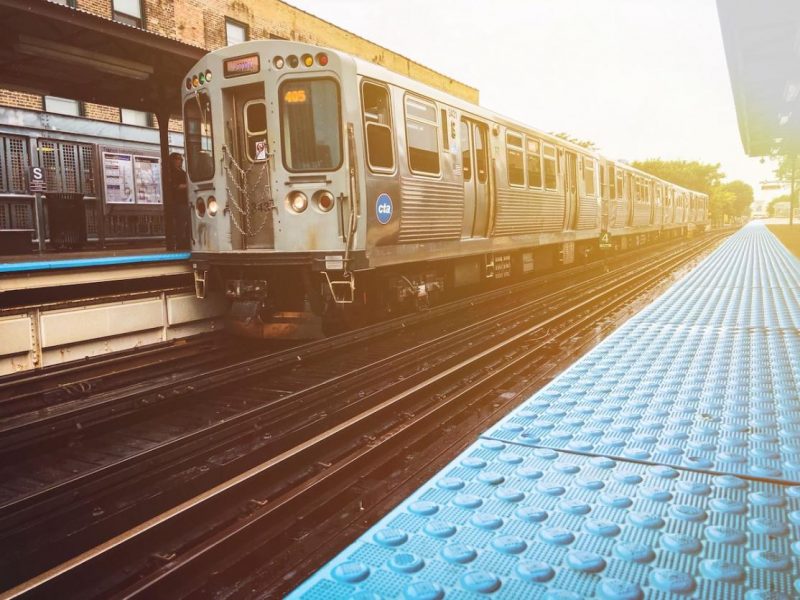Neighborhoods located within a half-mile of public transit services outperformed those farther from public transit based on a number of factors, according to a report released Monday by the National Association of REALTORS® and the American Public Transportation Association.
The report shows commercial and residential real estate market sales thrive when residents have mobility options. Residential properties within these areas had 4% to 24% higher median sale prices between 2012 and 2016, the report found. Commercial values in four of the regions saw median sales prices per square foot increase between 5% and 42%. Transit-oriented areas also provide costs savings for residents: The report showed an average annual savings of $2,500 to $4,400 in transportation costs for the typical household. One in four households in close proximity to transit doesn’t own a vehicle, according to the study.
“Access to public transportation is an extremely valuable community amenity that increases the functionality and attractiveness of neighborhoods, making nearby communities more desirable places to live, work, and raise a family,” said NAR 2019 First Vice President Charlie Oppler. He spoke at a joint press conference Monday alongside New York State Association of REALTORS® President Moses Seuram and Paul P. Skoutelas, president and CEO of APTA, which represents public and private sector transportation entities.
“The results of our report, conducted over multiple years alongside the American Public Transportation Association, should reiterate to policymakers at all levels of government the importance of investing in modern, efficient infrastructure that facilitates growth and helps our nation keep pace in a rapidly evolving world,” Oppler said.
The study, titled “The Real Estate Mantra – Locate Near Public Transportation,” explored seven metropolitan regions that provide access to heavy rail, light rail, commuter rail, and bus rapid transit: Boston; Hartford, Conn.; Los Angeles; Minneapolis-St. Paul, Minn.; Phoenix; Seattle; and Eugene, Ore. The seven sample areas were examined by residential and commercial sales performance, rent, neighborhood characteristics, local government interventions, and housing affordability.
"Public transportation is a valuable investment in our communities, our businesses, and our country,” Skoutelas said, not just because it helps residents get to work and school but also because it makes areas more attractive for relocating companies.
But high demand and constrained supply have put upward pressure on neighborhoods with high-frequency public transportation. NAR has made it a priority to address affordability and supply issues, and Skoutelas said APTA is a partner in that effort. “As the conversation surrounding housing affordability continues,” Skoutelas said, “public transportation agencies are critical allies in working with elected officials and community leaders in the effort to increase housing opportunities and maximize value around stations.”
Source: magazine.realtor













